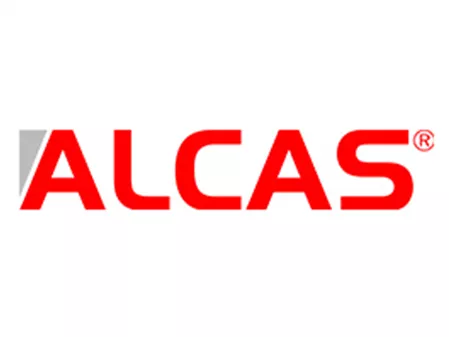





















As Doğa Platform, we provide our customers with the highest quality sales, leasing, installation, assembly, relocation, and maintenance and repair services for exterior access systems. With our years of experience and professional team, we efficiently execute our tasks with a focus on customer satis ...
Call now
+90 (554) 543 54 68
Various specialized platforms and elevators, especially due to their full compli ...

Facade platforms are important equipment used in the maintenance, repair, and re ...

Facade Elevator: An Overview A facade elevator is a highly advanced system us ...

12.12.2023 09:31:50
Construction companies and firms operating in the insulation sector prefer systems that facilitate and modernize their work in recent times. This enab ... المزيد

12.12.2023 09:32:08
The construction sector constitutes one of the most costly industries of today. The primary reason for this is the substantial cost associated with la ... المزيد

8.02.2024 12:24:06
Platform rental service is a type of service that allows businesses or individuals to rent a platform for various purposes for a specified period of t ... المزيد

1.03.2024 07:57:38
The construction sector is one of the cornerstones of the modern world, and every project requires a solid infrastructure. Platform scaffolds are one ... المزيد

1.03.2024 08:08:02
Moving facade platforms play a crucial role in modern construction and maintenance projects. These platforms are specialized equipment used for tasks ... المزيد

1.03.2024 08:16:25
Platform scaffolding rental is a significant service widely used in construction and maintenance projects. This service provides the necessary equipme ... المزيد

1.03.2024 08:44:09
Platform rental services in Ankara are essential for companies operating in the construction and maintenance sectors. These services provide reliable ... المزيد

1.03.2024 08:51:00
For businesses operating in the construction and maintenance sectors in Ankara, platform scaffolding rental services are an essential requirement. The ... المزيد

1.03.2024 08:58:29
For businesses operating in construction, maintenance, and similar industrial activities in Ankara, articulated platform rental services are of great ... المزيد